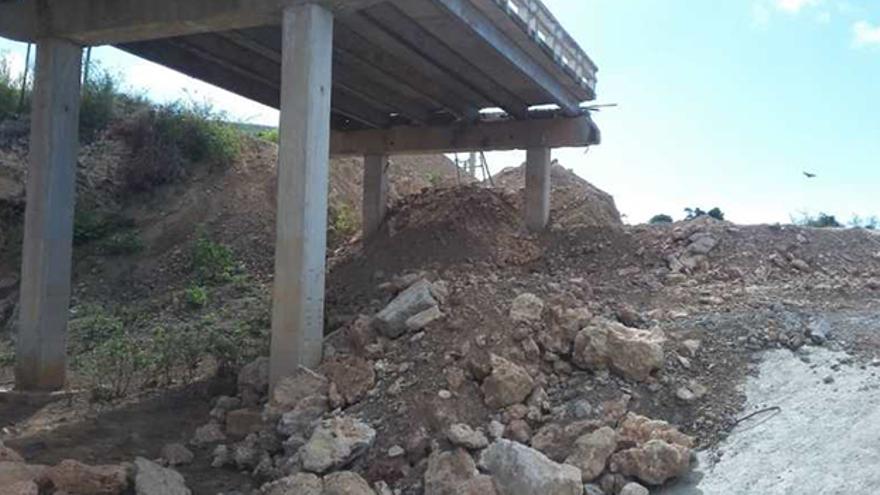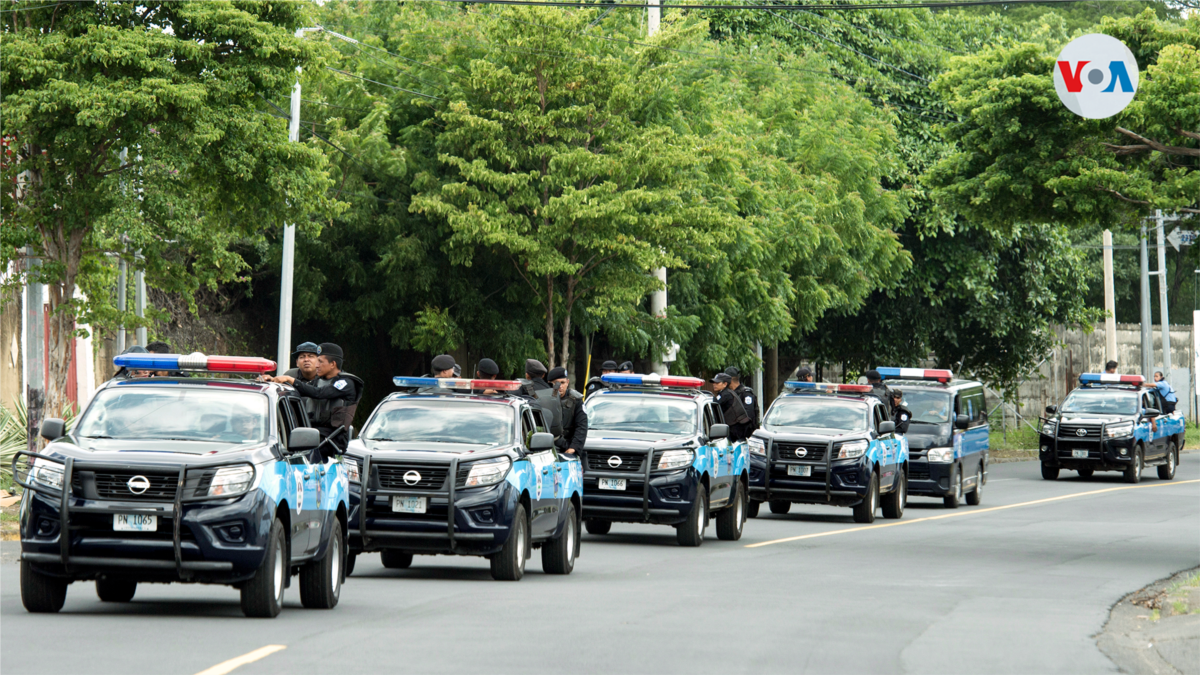Next October it will be seven years since Hurricane Matthew devastated the eastern end of Cuba in 2016 and, since then, the Government has not been able to repair the bridge over the Caleta River, which keeps the town of the same name located in the municipality of Caleta incommunicado. Maisi, Guantanamo.
the provincial newspaper overcome dedicated this wednesday a note to the problem, apparently easy to solve, but impossible to fix due to the lack of cement, assured the Provincial Road Center. The response has annoyed the readers of the newspaper, who assure that the inactivity of the Government in one of the “forgotten areas” par excellence of the country was to be expected.
The community of Caleta, located at kilometer 23 of the Cajobabo-La Máquina road, is one of the poorest on the island. The newspaper acknowledges that this crossing plays an “important” role when it comes to connecting the municipalities of Maisí and Baracoa , especially when traffic on the La Farola viaduct is interrupted by landslides and rocks due to rain.
According to Venceremos, the 72-meter-long road walkway was built in 2005 to avoid the isolation of Maisí, although “occasionally” it showed damage from flooding of the river. It was in October 2016 when the high flow of water destroyed the head of the bridge and prevented traffic.
Hurricane Matthew left serious damage in its path through eastern Cuba, including collapsed homes, downed electricity poles and damaged roads
Hurricane Matthew left serious damage in its path through eastern Cuba, including collapsed homes, downed electricity poles and damaged roads. Several towns were left cut off by the flooding of the rivers and land displacements that cut off the access roads. The town of La Máquina, southwest of Maisí, was one of the most affected and families saw their houses reduced to rubble.
For that moment of emergency, a provisional diversion was built to skirt La Máquina, but no reconstruction work was done on the Caleta bridge, while the sea waves continued to wear away the ironwork of the infrastructure. Six years and seven months after that disaster, the authorities continue to hide behind the shortage of cement. Not a single one of the 190 tons of cement assigned to Guantanamo by the Ministry of Economy and Planning may be used on the bridge. In addition, Venceremos criticizes that, even in the moments of greatest availability of the material, nothing was done to rescue the work.
The potholes, the lack of signage, the terrible passenger transport system and the precariousness of the bridges make most of the island’s roads impassable.
It is also increasingly frequent that the flooding of the rivers during the hurricane season give the final blow to many roads. Matthew also destroyed the bridge over the Toa River in Guantánamo, which took almost two years to rebuild and required the help of materials imported from Venezuela.
Among the latest works that have collapsed is the Felipe Pazos bridge, one of the communication routes between Sagua la Grande and the town of Sitiecito, in Villa Clara, which in July 2022 ended up collapsing. At that time, the official press recognized that the infrastructure had not received maintenance and that it had been declared unstable in 1970.
________________________
Collaborate with our work:
The team of 14ymedio He is committed to doing serious journalism that reflects the reality of deep Cuba. Thank you for accompanying us on this long road. We invite you to continue supporting us, but this time making you a member of our newspaper. Together we can continue transforming journalism in Cuba.








